National Day of Spain commemorates the discovery of the Americas by Christopher Columbus on October 12, 1492. The date is a key point for Spain's overseas influence and legacy to the world and to the Americas in particular. It symbolizes Spain's vast, common heritage with today's American countries, which made up the Spanish Empire, the first global power in world history.
By Nick Nutter | Updated 2 Oct 2022 | Andalucia | Events |
Login to add to YOUR Favourites or Read Later
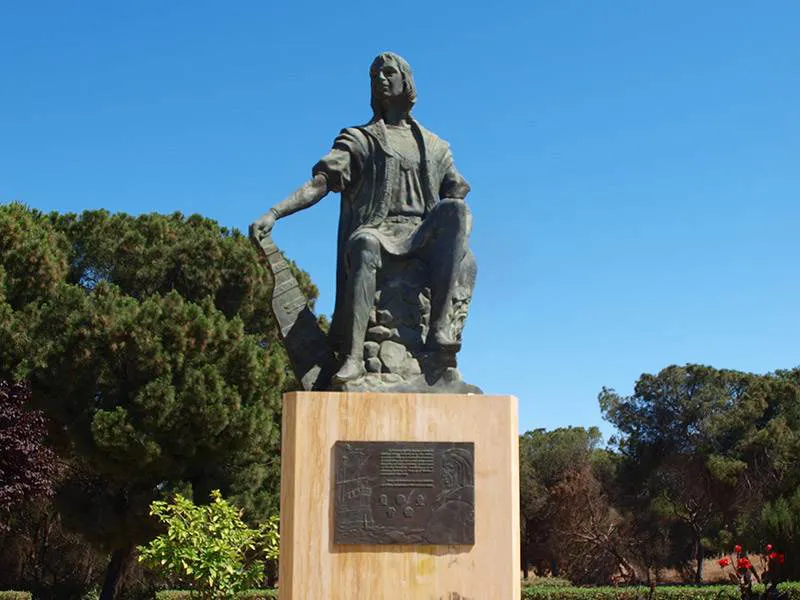
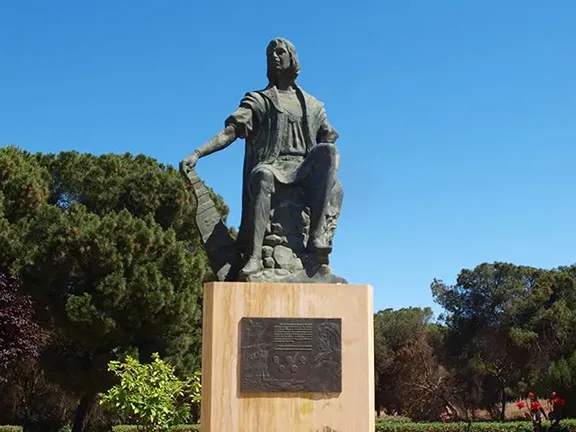
For such a famous man there is surprisingly little detail known about Christopher Columbus. His date of birth is unclear, no writings in his native language have ever been discovered, there are no authentic portraits and even his final place of rest is disputed. Every year, on the 12th October, Spain declares a National Holiday to commemorate Columbus's first sighting of the West Indies.
The holiday was originally called El Día de la Hispanidad and was first celebrated in Madrid in 1935 and was made an official public holiday in 1981. In 1987, its name was changed to La Fiesta Nacional (Spain’s National Day), removing any reference to Spanish colonialism. Many people still just call it Columbus Day.
For over a thousand of years the European nations had been trading for silk and spices with the Indies and China via the Silk Road, an overland route safeguarded for the last two hundred years by the Mongol Empire. This journey became very hazardous following the fall of Constantinople to the Ottoman Turks in 1453. It was Portuguese sailors that set out to find a route that would take them by sea around the Cape of Good Hope from the Atlantic into the Indian Ocean, a task finally achieved by Bartolomeu Dias in 1488. Meanwhile, in 1470, a Florentine astronomer, Paolo dal Pozzo Toscanelli suggested to King Alfonso V of Portugal that sailing west might be a quicker way to reach the Spice Islands.
Columbus was born sometime before the 31st October 1451 in the Republic of Genoa. His name in Italian was Cristoforo Colombo and in Spanish it is Cristobal Colon, Christopher Columbus is the anglicised version of his name.
Eventually learning three languages, Latin, Portuguese and Castilian in addition to his native Ligurian, Columbus was also well read in the subjects of astronomy, geography and history. His early career is also eclectic. In 1470 Columbus was on a Genoese ship, part of an expedition led by Rene of Anjou to conquer the kingdom of Naples. In 1473 he began an apprenticeship as a business agent for the Spinola family in Genoa which led to a number of voyages including one, in 1476 to Bristol, Galway and possibly Iceland. In 1477 Columbus sailed on a Genoese ship from Galway to Lisbon where he joined his brother Bartolomeu and where he based himself until 1485.
In 1477, Columbus found himself in Lisbon and by 1479, on the small island of Porto Santo island in the Madeira archipelago. There he met Filipa Moniz Perestrelo, the daughter of the Governor of Madeira, Bartolomeu Perestrelo, a Portuguese Knight of Santiago, member of the household of Prince John, Lord of Reguengos de Monsaraz (Master of Santiago,) and of Prince Henry the Navigator's householdand. Filipa was herself one of the twelve elite Comendadoras of the Monastery of All Saints in Lisbon of the Military Order of St. James. Always with an eye to the future and his own status, Columbus married Filipa. How an impoverished merchant married into such a prestigious family has been the subject of controversy. The likely reason is that Filipa's mother, a widow (Bartolomeu died in 1457), with a 25 year old daughter who had to be supported financially in the convent at the Monastery of All Saints in which she resided, was pleased to pass on her daughter to a man that asked for no dowry. The marriage took place in the Vila Baleira and the couple lived in what is now the Columbus museum on Porto Santo. Columbus's son, Diego, was born in 1479 or 1480. Filipa may also have been pregnant at the time of her marriage, yet another reason why Columbus was able to make such a good marriage.
Filipa died sometime between 1480 and 1484 of unknown causes.

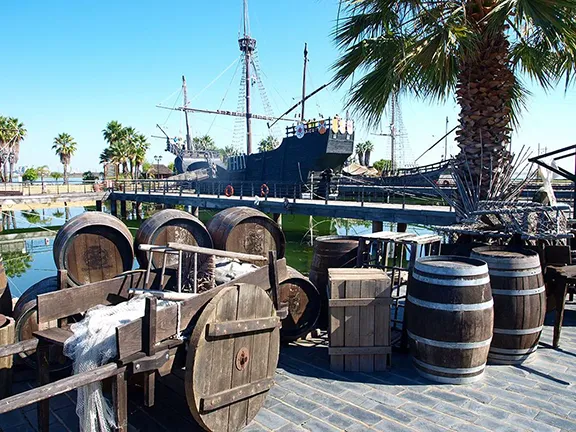
Victualing at Palos de la Frontera
In the 1480s Columbus and his brother heard of Toscanelli’s suggestion and started proposing westerly voyages across the Ocean Sea in order to reach the Indies. Their logic however, was flawed.
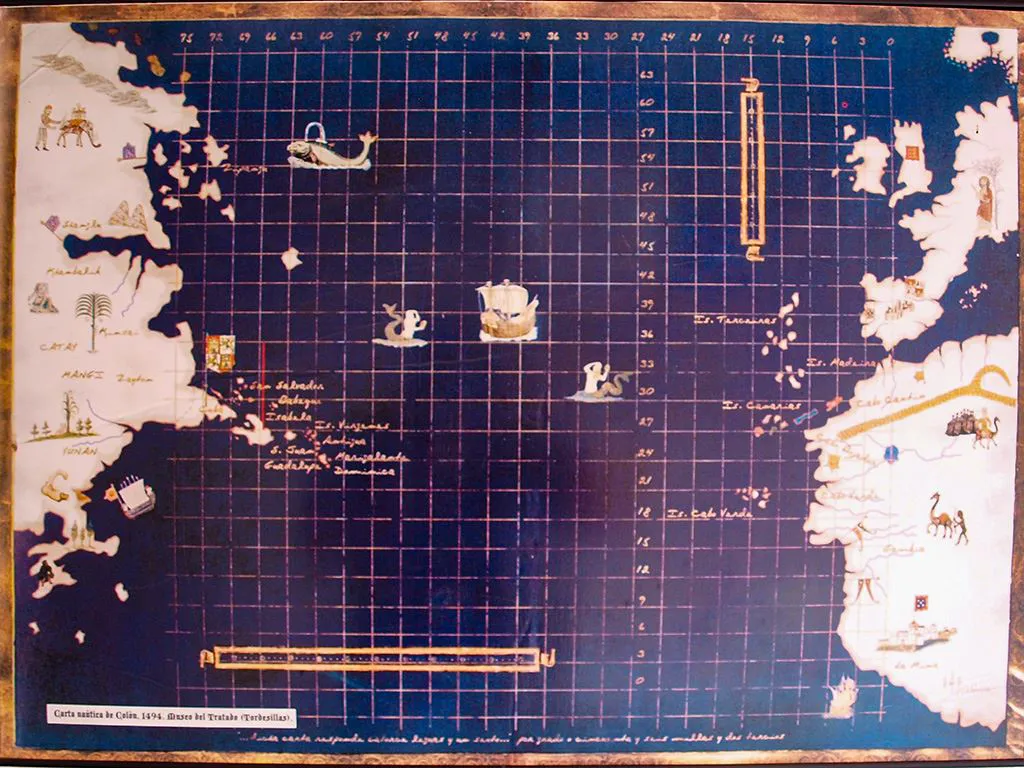
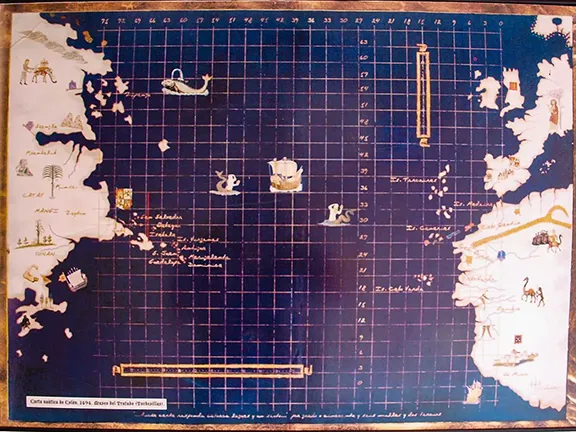
Piri Reis Map
Deeply religious, Columbus believed a passage from the Second Book of Esdras that he took to mean that the Earth was six parts land to one part water. He also estimated the circumference of the Earth to be 30,200 km rather than the true 40,000 km. This was based on the works of a 9th-century Persian astronomer called Alfraganus who estimated that a degree of latitude or a degree of longitude at the equator spanned 56.66 miles. Alfraganus (who now has a crater on the moon named after him) had used the Arabic mile (between 1.8 and 2 kilometres) rather than the shorter Roman mile (1,480 metres).
Columbus had also read Ptolemy who estimated that Eurasia spanned 180 degrees latitude but chose to believe Marinus of Tyre on whose work Ptolemy built, who estimated the longitudinal span of Europe at 225 degrees.
Columbus also believed that Japan was much larger and further south towards the equator than it actually is and that a mythical island called Antilla lay just west of the Azores, an idea encouraged by Toscanelli himself in correspondence with Columbus.
Columbus, by his logic, estimated the distance between the Canary Islands and Japan to be about 3,700 kilometres. The correct distance is 12,500 km.
Whether Columbus actually believed his own calculations or whether they were presented as a convincing argument is not known but in the 15th century no ship could carry enough food and water for a voyage anything like the true distance. Most western navigators therefore believed a western route to be unfeasible.
In 1485 Columbus presented his plan to King John II of Portugal who passed it on to his experts for evaluation. They concluded that Columbus had vastly underestimated the distance to Japan. Columbus tried again in 1488 and was again unsuccessful. Soon afterwards news reached the Portuguese court of Diaz’s success at the Cape of Good Hope and the Portuguese effort thereafter concentrated on an easterly route to the Spice Islands.
Columbus took his plans to Genoa and Venice, both influential trading nations, but was again turned away. His brother Bartolomeu meanwhile lobbied Henry VII of England with similar results.
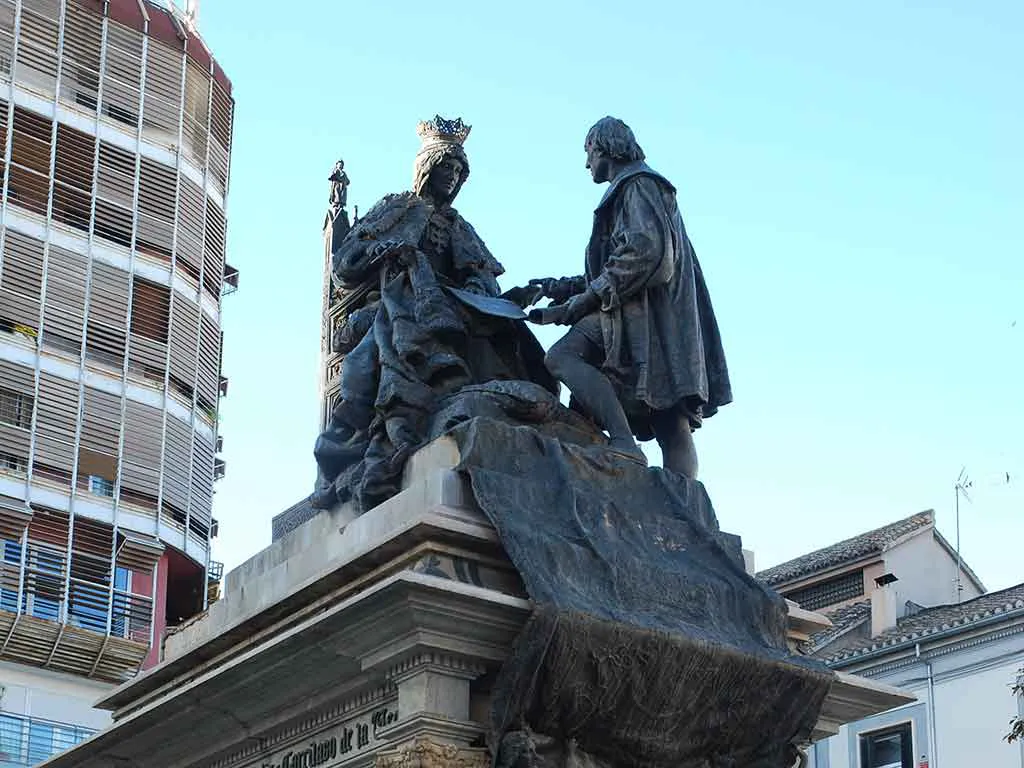
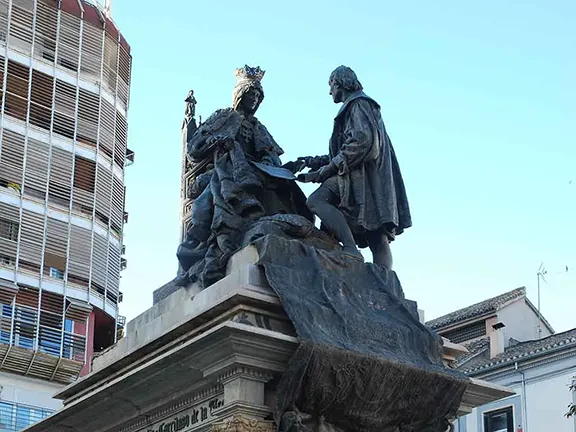
Columbus Petitioning Isabella (Granada)
On the 1st May 1486, Columbus presented his plans to Queen Isabella of Spain. She referred the matter to a committee who concluded as everybody else had, that Columbus had underestimated the distances involved and that the monarch should pass on the plans. There must have been something in the speculative plan that Isabella liked. Even though she and Ferdinand were embroiled in the last years of the reconquest of Spain they gave Columbus a stipend of 12,000 maravedis per year and a letter ordering all towns and cities to furnish him with free food and lodging on condition that Columbus went to no other country with his proposal.
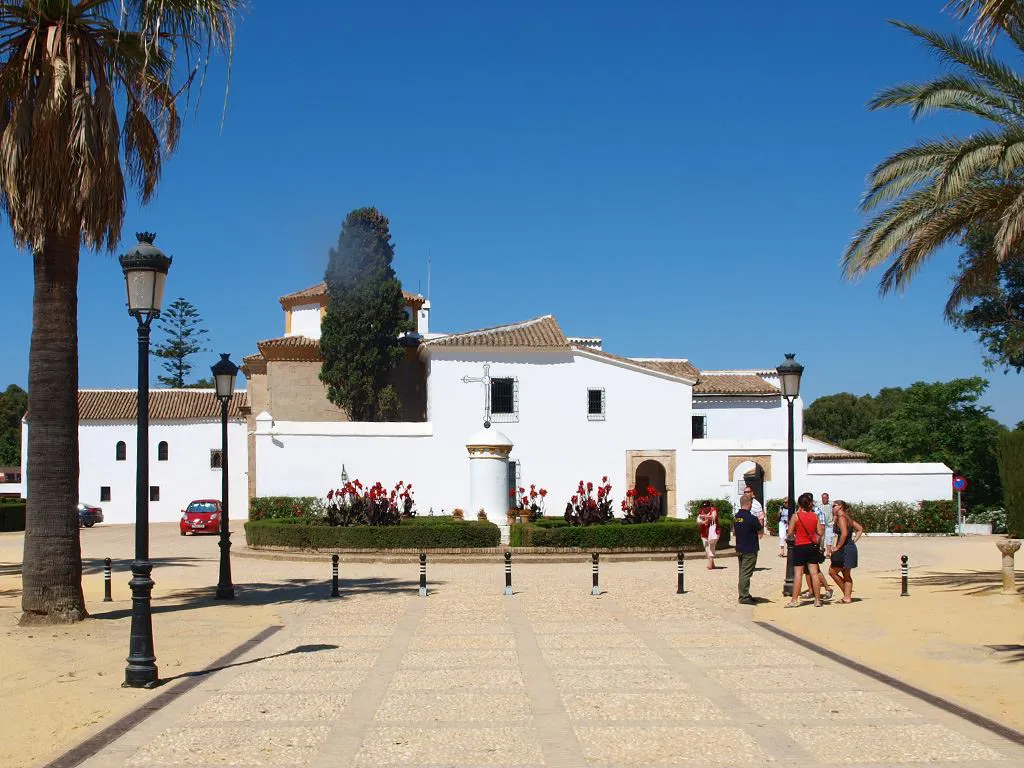
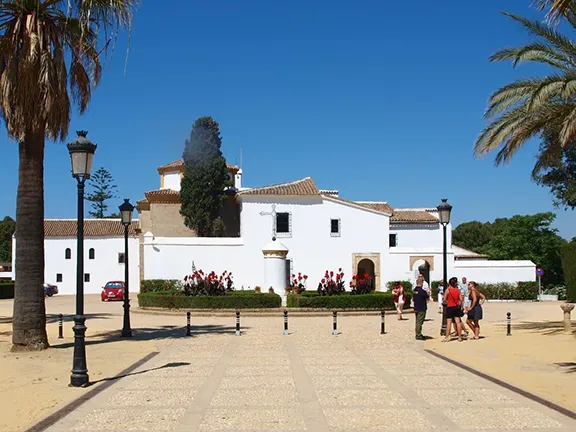
The Monastery of Santa Maria de la Rabida
For six years Columbus kicked his heels in Spain. In 1490 he arrived at the monastery of Santa Maria de la Rabida, near Palos de la Frontera, Huelva province, with his son Diego and it was through the guardian of the friary, Francisco Jimenez de Cisneros who just happened to be confessor to Queen Isabella that Columbus was given permission to once again petition the crown.
By the Treaty of Granada on the 25th November 1491 the Moors surrendered the city and the reconquest was complete. In January 1492 Ferdinand and Isabella were ensconced in the Alcazar at Cordoba and it was there that they heard for the last time Columbus’s proposal. Here there is another twist in the tale. On the advice of her confessor Isabella turned Columbus down. It is not known whether she had more than one confessor but there is the strong possibility that Francisco Jimenez de Cisneros was not as impressed as first thought.
Columbus was leaving Cordoba on a mule when Ferdinand intervened and had him brought back. Ferdinand would later claim to be ”the principal cause why those islands were discovered”.
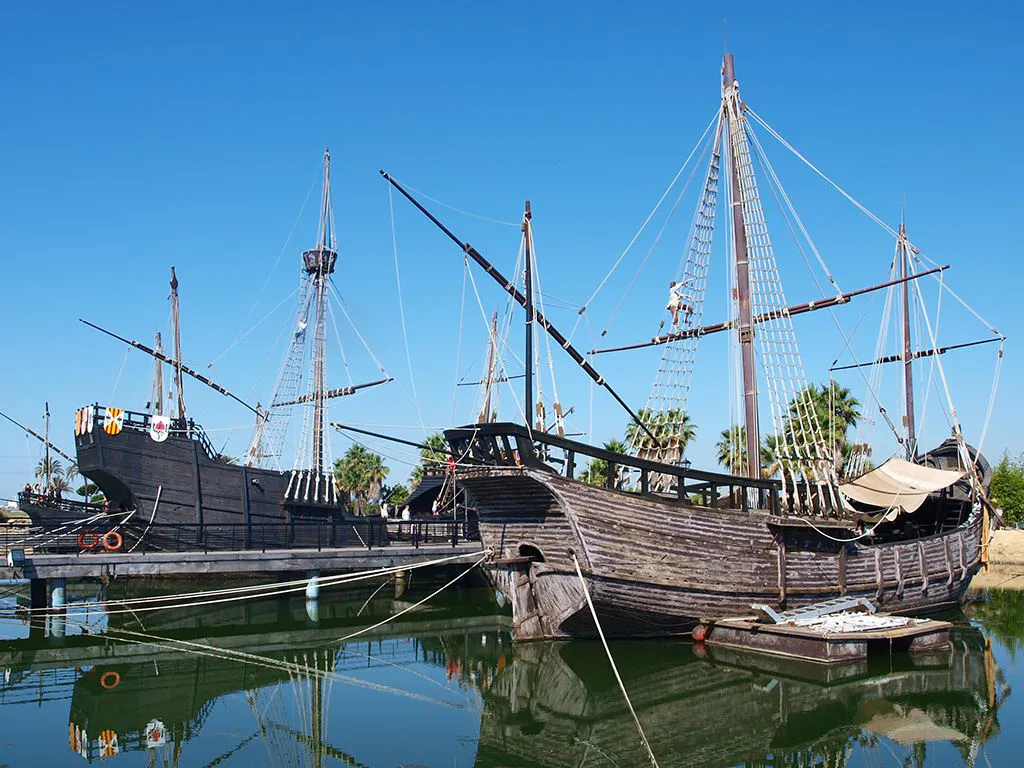
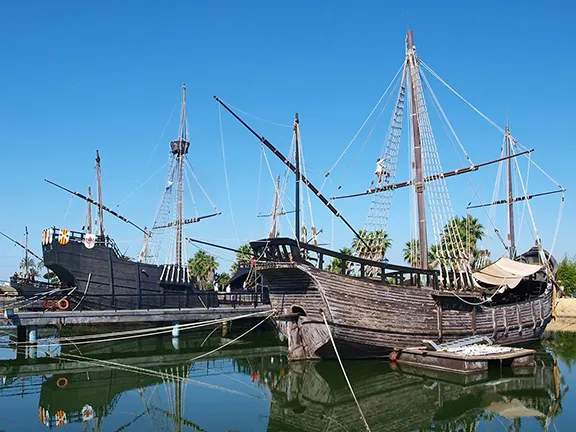
In April 1492 by the ‘Capitulations of Santa Fee’, the monarchs promised Columbus that if he succeeded he would be given the rank of Admiral of the Ocean Sea and appointed Viceroy and Governor of all the new lands he could claim for Spain and he would be entitled to 10% of all revenues from the new lands in perpetuity. He would also have the option of buying one eighth interest in any commercial venture with the new lands and receive one eighth of the profits. The first person to sight land was to be awarded a lifetime pension.
Columbus departed from Palos de la Frontera on the 3rd August 1492. He restocked victuals and water in Gran Canaria and departed that island on the 6th September. In the early hours of the 12th October 1492, a lookout on the Pinta, Rodrigo de Triana, spotted land. His captain Martin Alonso Pinzon verified the discovery and fired a lombard to alert Columbus on the Santa Maria. Columbus later claimed that he had seen a light on the land sometime earlier and claimed the pension.
Between 1492 and 1503 Columbus completed four round trips to the Americas thus marking the beginning of European exploration and the colonization of the American continent. He is also credited with kick-starting the transatlantic slave trade and initiating the genocide of the Hispaniola natives.
In 1500 Columbus was arrested whilst on his third journey to the Americas and brought back to Spain in chains. He had been accused of tyranny during his governorship. Although later released he was never to be governor again. This led to a prolonged period of litigation between the crown and the Columbus family, the family alleging that the crown had reneged on its contractual obligations to Columbus and his heirs. These disputes dragged on until 1790.
Until his death from heart failure, in Valladolid, on the 20th May 1506 Columbus believed he had reached the Indies. It was only in his travel journals of 1502 – 1504 that the scholar Amerigo Vespucci, after whom the lands were called, speculated that the newly discovered lands were a separate continent.
Even after death Columbus was a controversial figure. His remains were first interred at Valladolid in Spain then transferred to the monastery at La Cartuja in Seville. In 1542 the remains were taken to Colonial Santo Domingo in the Dominican Republic. In 1795 when France took over Hispanola Columbus found himself on the move again, this time to Havana in Cuba. Finally, after Cuba became independent, Columbus moved back to Seville where his remains were placed in an elaborate catafalque. That should have been the end of the story but in 1877 a lead casket had been found at Santo Domingo bearing the inscription ‘Don Christopher Columbus’ and rumours started to circulate that the wrong remains had been transferred to Havana. To settle the dispute, in 2003, samples were taken from the remains in Seville. DNA analysis between those samples and samples taken from his brother indicated that both had the same mother. The authorities in Seville came to the conclusion that they had Columbus’s genuine remains. However, the Dominican Republic have never allowed the remains there to be exhumed for analysis so it is not known if those remains also belong to Columbus.
There is a great website dedicated to the life and work of Christopher Columbus here